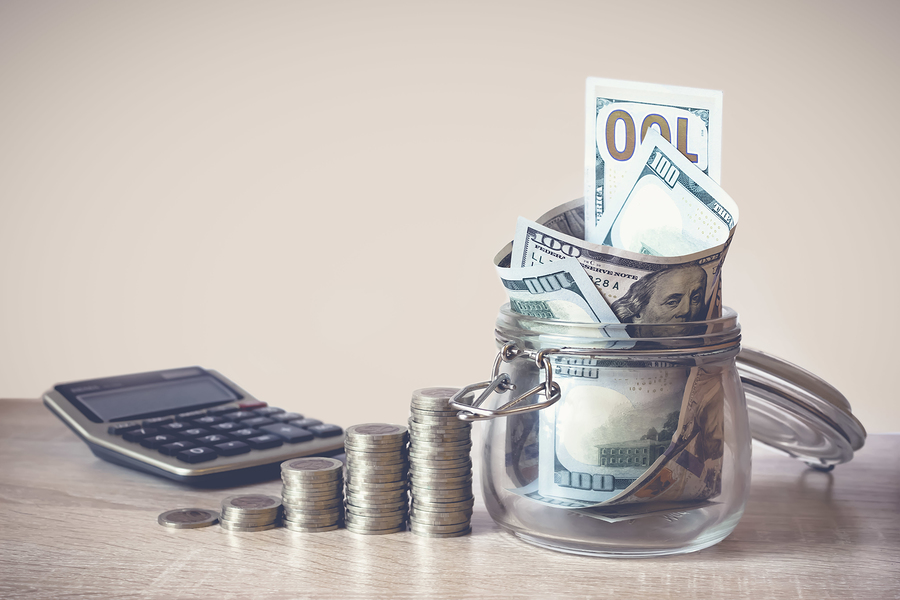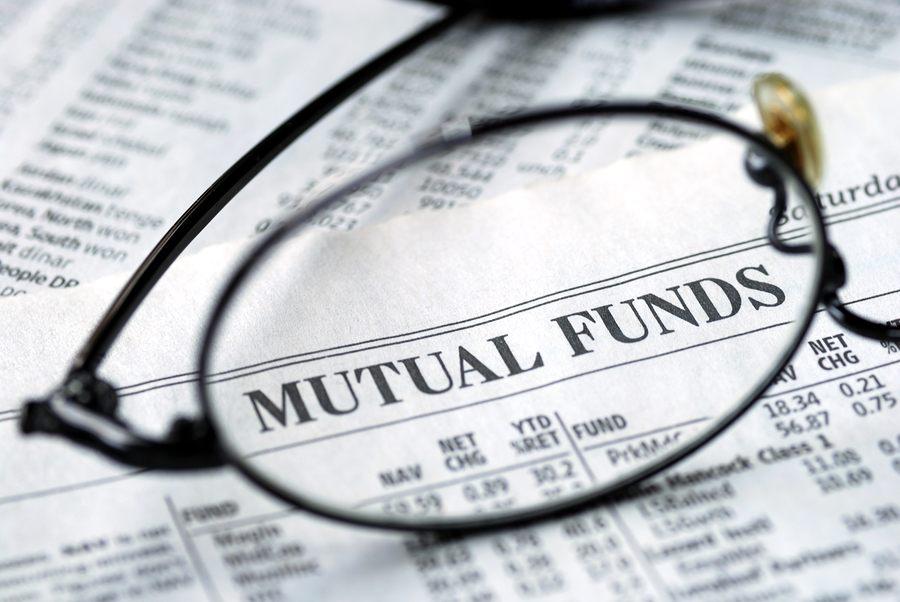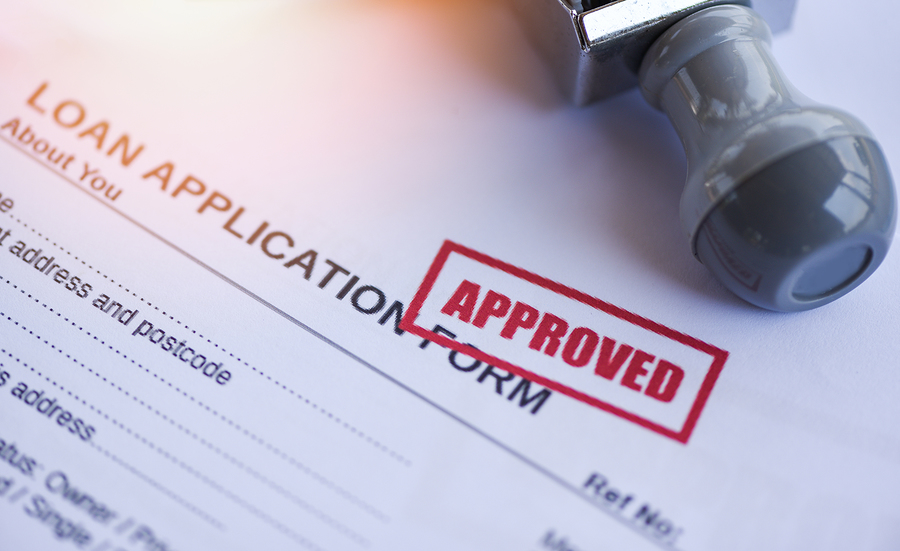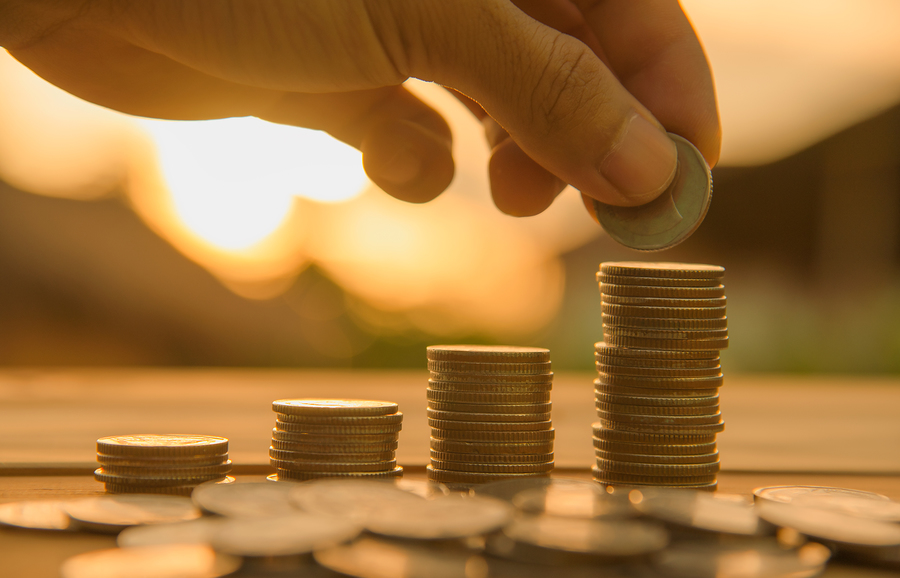You know what an emergency fund is. It’s a stash of personal savings that you can use to pay for surprise expenses that your regular budget cannot handle. It’s a safety net that allows you to recover from an urgent problem without disrupting the rest of your finances.
What else should you know about an emergency fund? Read this to find out important information like how much should be in your fund, how to add to it and what you should do when you don’t have enough.
How Do You Start One?
Table of Contents
First things first, how do you get started? First, you should dedicate a portion of your monthly budget to emergencies. Take those savings and add them into a high-yield savings account — this will become your emergency fund. Continue this process every month. Over time, your fund will grow into a significant safety net that you can rely on.
How Much Should You Save Up?
The amount in your emergency fund will depend on what you want to use it for. If you want to use your emergency fund to help you with small emergencies like unexpected home repairs, car repairs and visits to the dentist, you should aspire to have a minimum of $1000 set aside in the fund. You will want to have enough to pay for these basic problems out of pocket.
Once you reach this goal, you might want to keep going until you save approximately three to six months’ worth of your income. This is not to deal with simple home repairs or trips to the dentist — this is to help with major life upheavals where you might not be able to earn your regular income.
You could use this substantial amount to supplement your income in case you lose your job. It can also come in handy if someone you love loses their job, and you intend to step in and help them out. These savings are designed to keep you afloat during the worst of times and give you an opportunity to recover.
How Can You Boost Your Savings?
You have three main options to boost your savings. You can take advantage of any windfalls like bonuses from work and deposit them into your fund. You can try to increase your income by asking for a raise or selling household items. Or you could take a closer look at your budget to see where there are opportunities to trim costs, like canceling online streaming services and gym memberships and move those savings into your fund.
What Should You Do When You Empty It?
Your goal should be to refill it as soon as you can. It only functions as a safety net when there’s a significant amount of money in there. Think of it like a cycle. The moment that you empty (or partially empty) your fund, the cycle of saving begins again.
What Can You Do If You Don’t Have Enough?
If you don’t have enough savings to cover an emergency, you’re going to have to find an alternative way to cover the costs. You have a few options for this. If your credit card balance is far from the limit, you could put the emergency expense on this account and then manage the repayment later on.
If you don’t have enough room on your credit card, or you don’t want to risk putting the cost onto that account, you could look into personal line of credit loans as alternative solutions. How do personal lines of credit work? These are open-end credit products that allow you to make draws within your credit limit. And like credit cards, you need to make repayments based on what you borrowed.
Finally, you could turn to a friend or family member and ask for a personal loan. This option should be a last resort. Why? First, your friend or family member might not have enough funds to cover the emergency expense readily available. Another reason why you should try to avoid this option is that you risk destroying your relationship with them if you can’t pay them back in full or on time. That is not a risk to take lightly.
Why Is It Important to Have an Emergency Fund?
There are several reasons why it’s important to have this type of fund! First and foremost, it makes paying for emergencies quick and easy. It simplifies a stressful situation.
It offers financial stability. You can cover unexpected costs without disrupting the rest of your finances. You don’t have to worry about how making these payments will influence your ability to cover essentials like mortgage payments or grocery bills in the months ahead.
And it can bring you peace of mind. When you have emergency savings stashed away, you can be confident that you can handle certain financial obstacles without much difficulty. It will ease any anxieties that you might have about your personal finances and stability, allowing you to focus on other matters.
Now you know everything about emergency funds. The only thing that there is to do now is build one for yourself.
Image Source: BigStockPhoto.com (Licensed)
Related Categories: Money, Reviews








